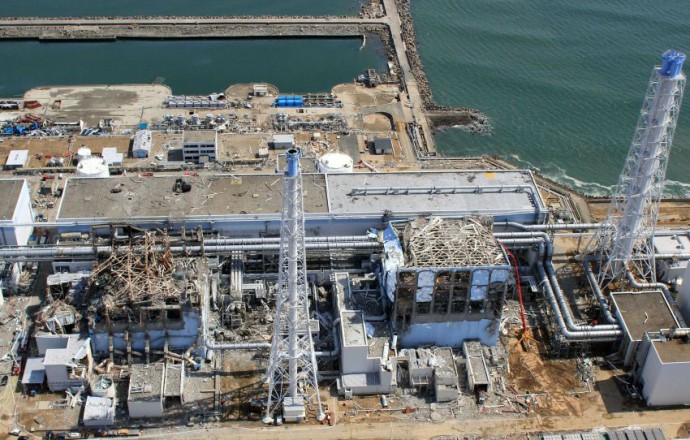IAEA Fukushima Conference Identifies New International Recommendations for Action
The international conference “A Decade of Progress after Fukushima Daiichi” was held in Vienna from 8 to 12 November 2021. ENSI also took part in the conference.

Directly after the accident in Japan’s Fukushima Dai-ichi nuclear power plant on 11 March 2011, ENSI ordered immediate measures for a review of the safety of the Swiss nuclear power plants.
In parallel, an interdisciplinary team of experts from ENSI (the “Japan Analysis Team”) reconstructed the events of the accident and subjected them to in-depth analysis.
The international conference “A Decade of Progress after Fukushima Daiichi” was held in Vienna from 8 to 12 November 2021. ENSI also took part in the conference.
The international conference “A Decade of Progress after Fukushima Daiichi” was held in Vienna from 8 to 12 November 2021. ENSI also took part in the conference.
After the events in Fukushima Daiichi, ENSI ordered immediate actions and additional safety tests for the Swiss nuclear power plants. Moreover, from the accident analysis and the EU stress test, ENSI derived a need for action to improve nuclear safety in Switzerland: the “Fukushima Action Plan”.
Today, the Federal Office of the Environment, FOEN, published its study “Extreme Flooding of the River Aare”. Their findings also include a re-evaluation of the flood risk to nuclear installations located on the Aare.
The tests at the time confirmed that, in international comparison, Swiss nuclear power plants have a high safety level. Despite these learnings, it is important to remain attentive at all times, to keep the proofs of safety up to date, to live a strong safety culture and to systematically analyse events.
For the second time since the Fukushima accident in 2011, power plant operators have demonstrated that their plants are capable of withstanding an extremely rare, severe earthquake.
Switzerland is on course with its implementation of recommendations resulting from the EU Stress Test. This emerges from the status report submitted to the European Union (EU) by the Swiss Federal Nuclear Safety Inspectorate (ENSI).
After the nuclear accident in Fukushima Daiichi, extrapolations revealed that about one-eighth of the amount of radioactivity that escaped at Chernobyl was released into the surrounding area.
Ten years ago, a very strong earthquake and the subsequent tsunami destroyed the Fukushima-Daiichi Nuclear Power Plant (NPP). Safety systems failed and in several reactor units, the result was a core meltdown and the release of considerable quantities of radioactive substances.
Nine months after the disaster at the Fukushima nuclear power plant, Japan is working to contain radiation exposure in the region of the accident. The challenges confronting the country in this endeavour are shown by the new ENSI report on the radiological effects of the accident on 11 March 2011. ENSI already deduced some “Lessons learned for Swiss radiation protection” at the end of October.